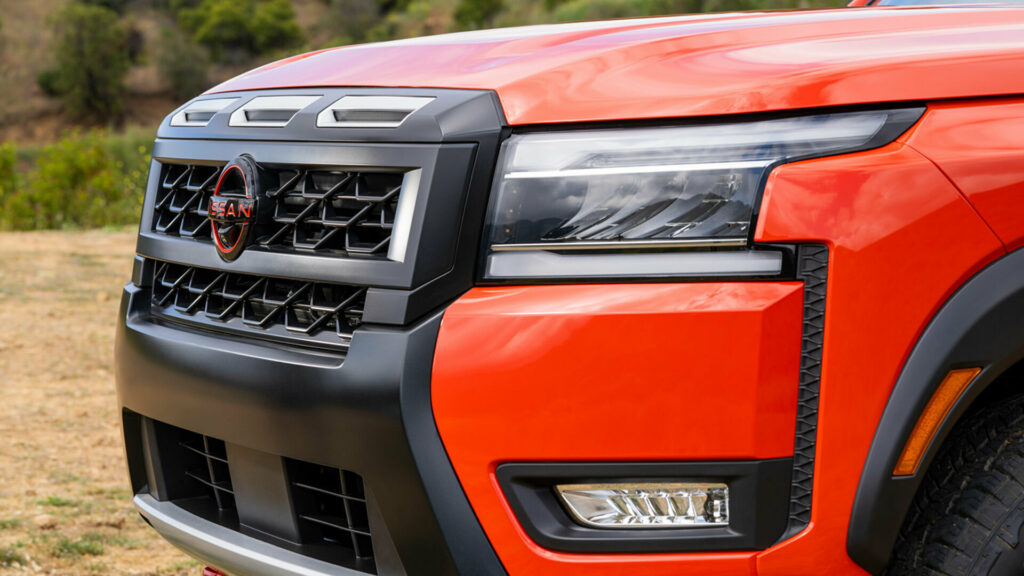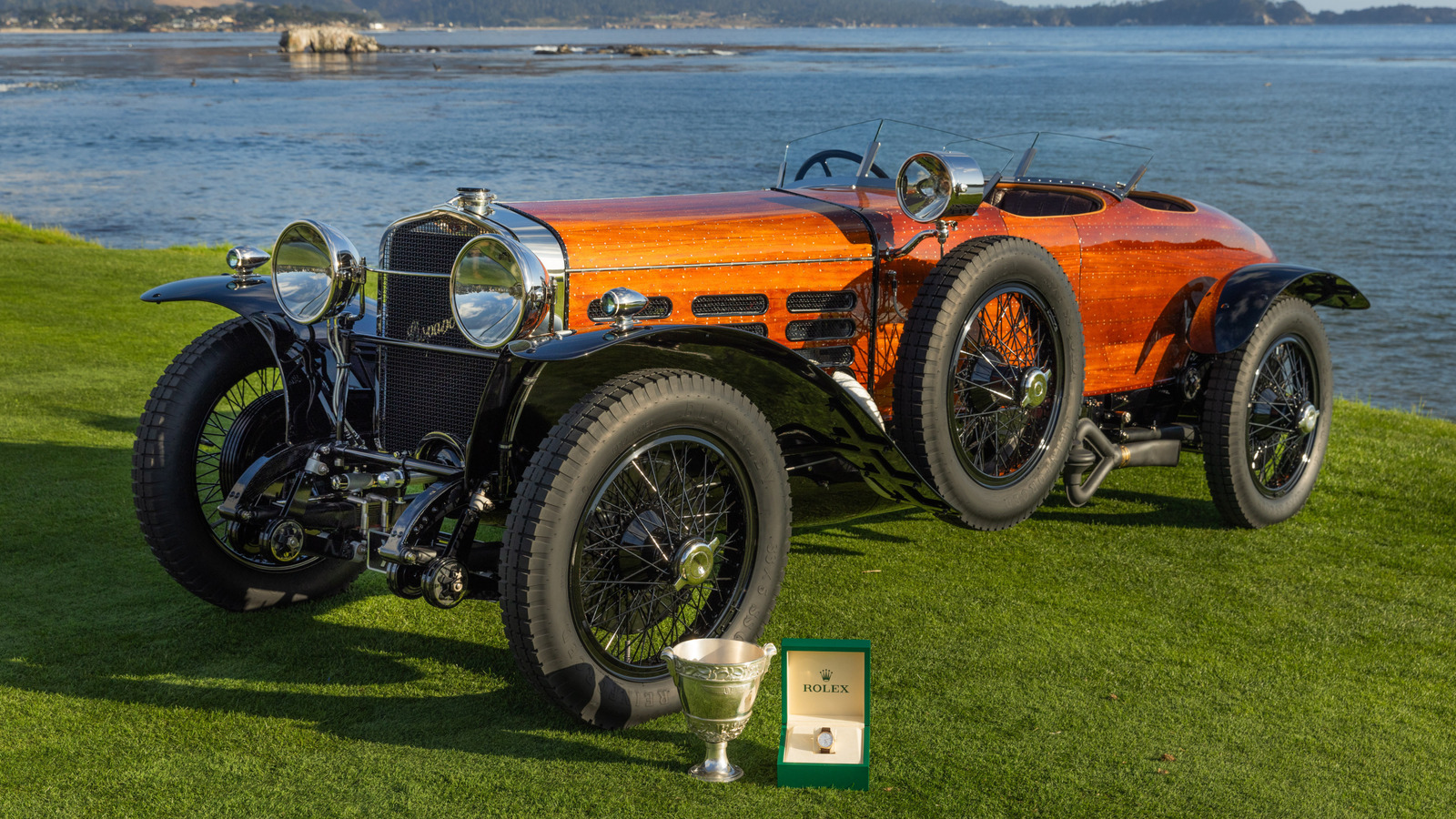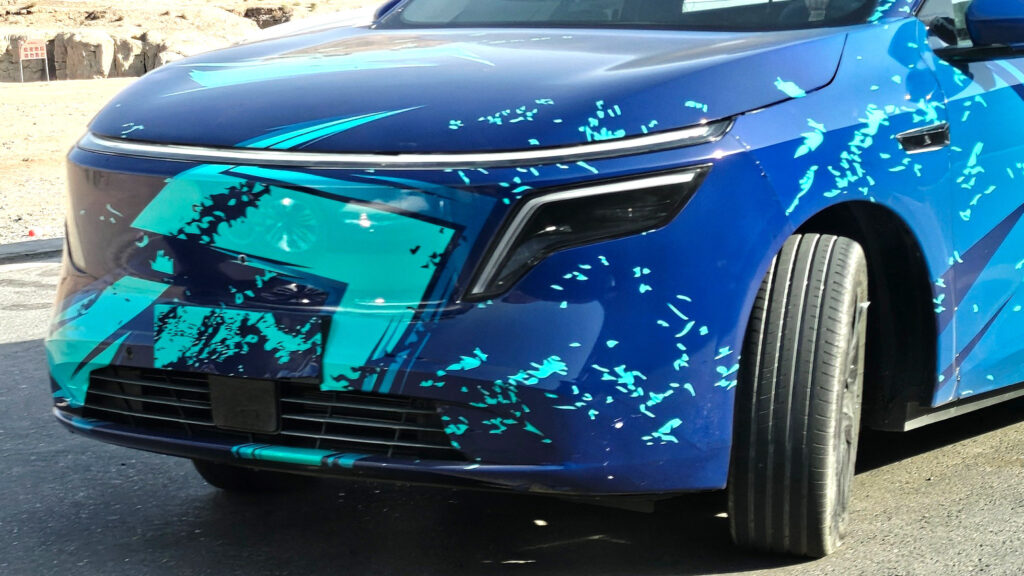Electric 993 Founders Edition Delivers Classic Grand Touring With Modern Power
Compared to its 964s, the electric 993 Founders Edition is all about refinement and grand touring, with an analog driving experience and tons of power.

Final Ferrari Daytona SP3 Sells for $26 Million, Shattering Records for Charity

2026 Nissan Frontier Debuts with Fresh Features, Bold Style, and Enhanced Value

Tulipwood Torpedo Shines as 1924 Hispano-Suiza Wins Top Honor at Pebble Beach 2025
Best in Show at the 2025 Pebble Beach Concours d'Elegance went to the wood-bodied 1924 Hispano-Suiza H6C Nieuport-Astra Torpedo, called the Tulipwood Torpedo.

Last Call for the Ultimate Ford GT Mk IV: Track Legend’s Final Wave Unleashed

Atlanta Riders Choose Robotaxis Over Human Drivers in New Uber Partnership
Thanks to a new Uber partnership, Atlantans can get a Waymo, but can't exactly order one directly. Instead, they're canceling human drivers to get robotaxis.

Ruf Rodeo Unleashed: 610-HP Off-Road Supercar Redefines Adventure

Rare Porsche-Engineered Polaris RZR Surfaces for Exclusive Sale
This side-by-side was allegedly never supposed to be sold to the public.

Exploring the Unique Car Culture of Hawaii’s Big Island
I'm hoping to publish some cool stories about island car culture between now and Christmas, so I need the inside scoop about Hawaiian motoring.

Nissan’s Next-Gen Electric SUV Spotted Testing as N Series Expansion Accelerates in China











